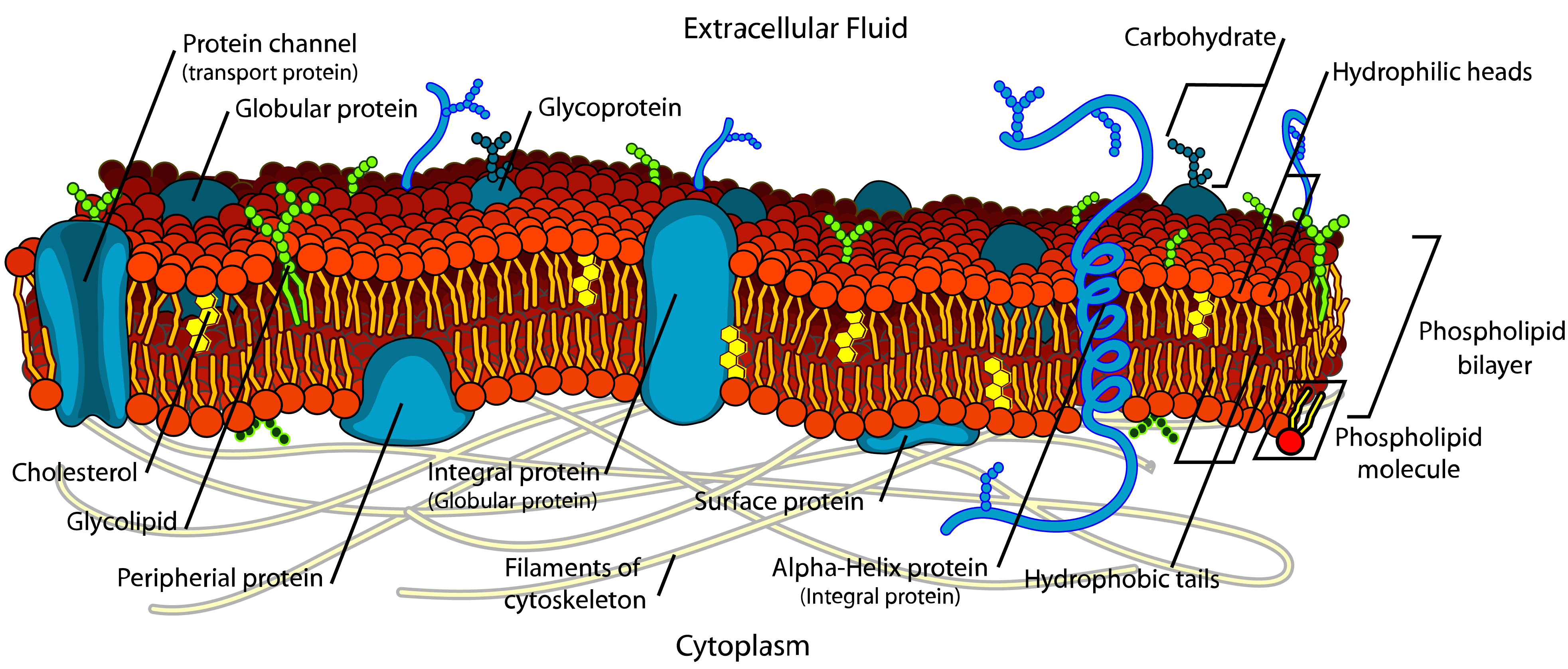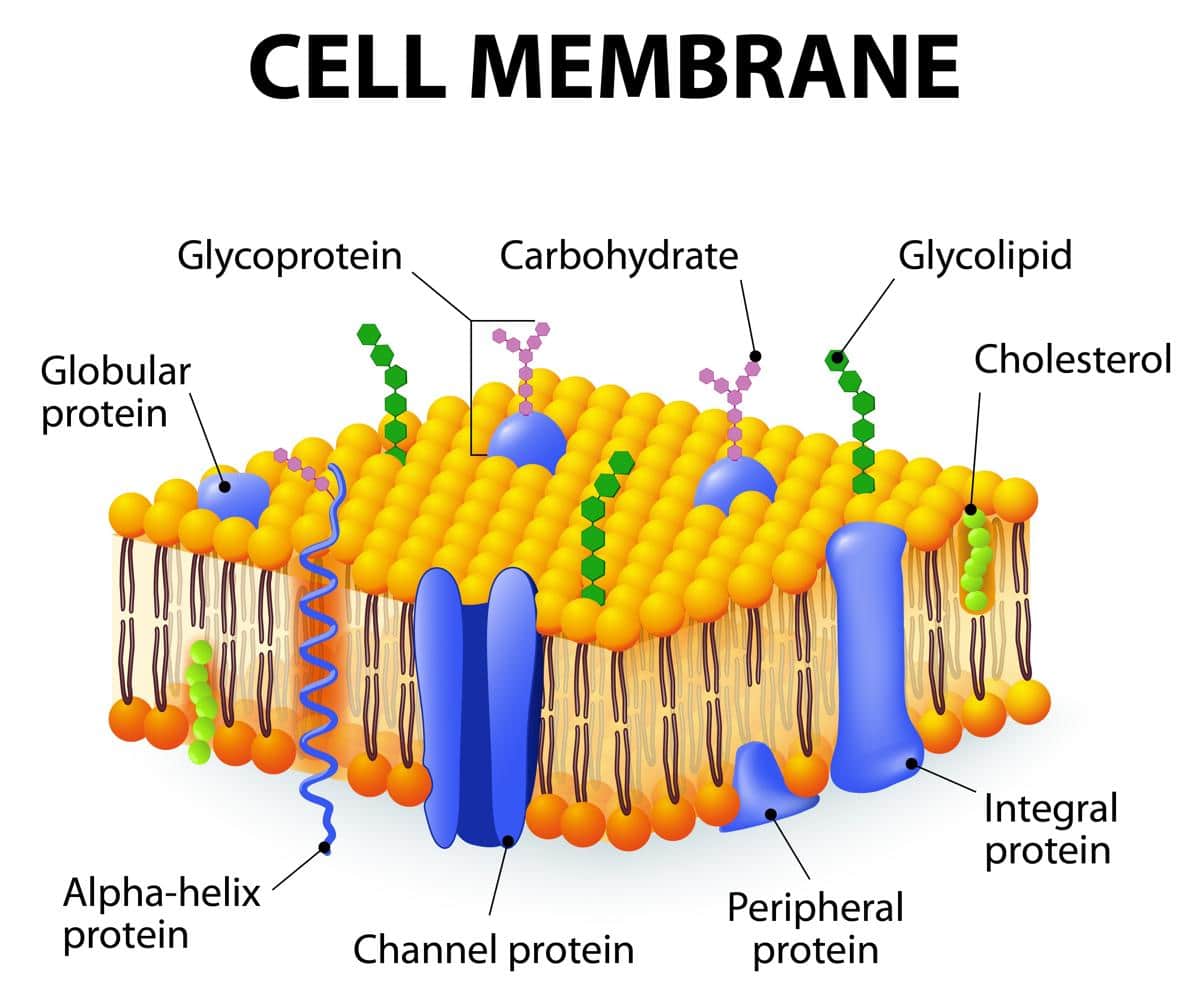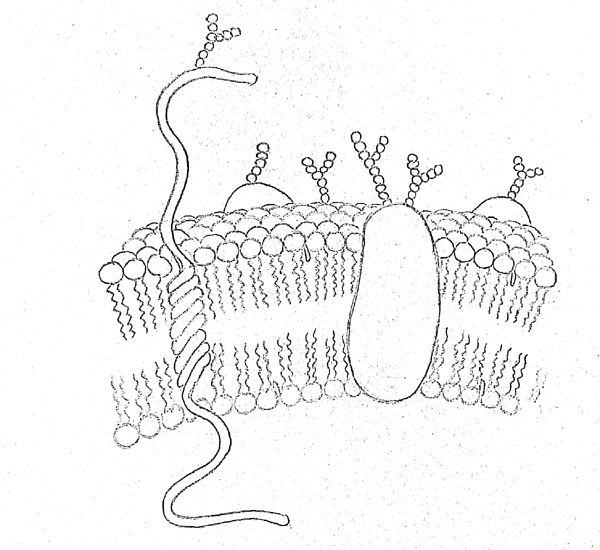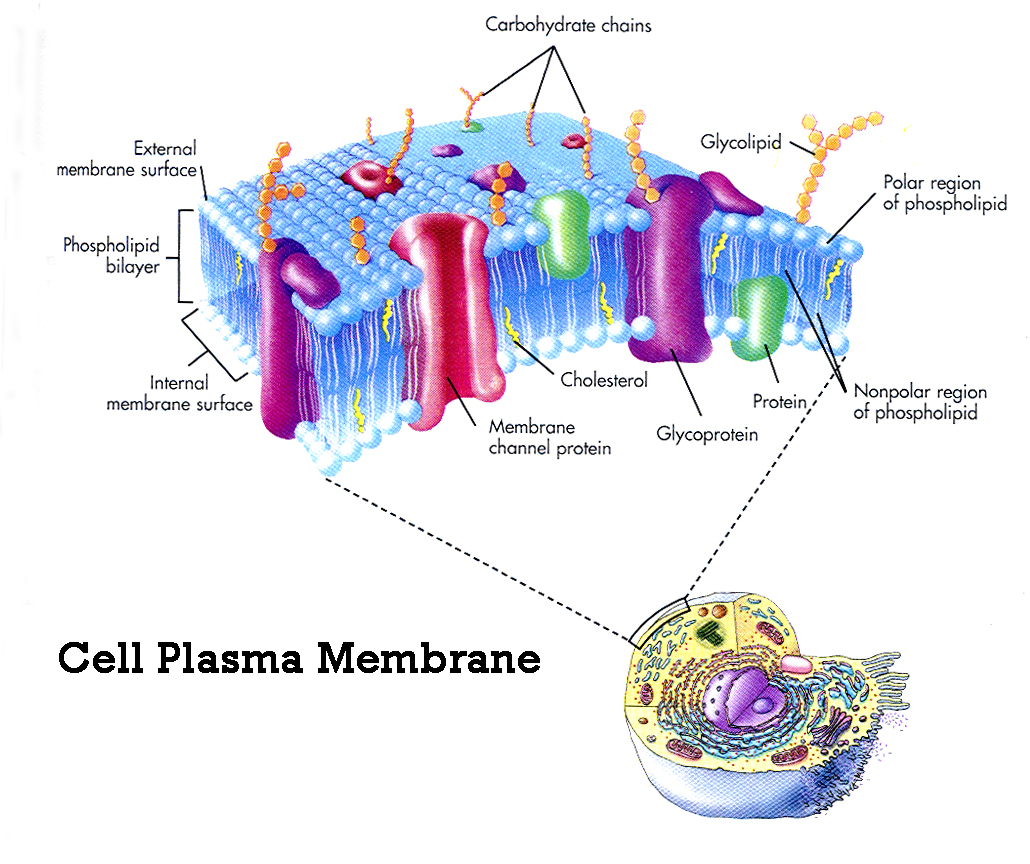Cellplasma Membrane Drawing
Cellplasma Membrane Drawing - With few exceptions, cellular membranes — including plasma membranes and internal membranes — are made of glycerophospholipids, molecules composed of glycerol,. Web all cells are surrounded by a plasma membrane. A 3d diagram of the cell membrane. Web reportedly, structural failures in membrane structures have occurred frequently, mostly originating from localized damage caused by intense loads on the membrane surface. The outer covering, which covers the surface of a cell is termed the membrane. Web the fluid mosaic model of the cell membrane is how scientists describe what the cell membrane looks and functions like, because it is made up of a bunch of different molecules that are distributed across the membrane. Web the cell membrane is an extremely pliable structure composed primarily of two layers of phospholipids (a “bilayer”). The fundamental structure of the membrane is the phospholipid bilayer, which forms a stable barrier between two aqueous compartments. Structure and composition of the cell (plasma) membrane. Phospholipids are the base of the plasma membrane because they have hydrophilic and hydrophobic ends that form a bilayer. Cells must be able to exclude, take in, and excrete various substances, all in specific amounts. However, the proteome of prp in mares, particularly those susceptible to pbie, remains. It is made of a phospholipid bilayer, along with other various lipids, proteins, and carbohydrates. Web a plasma membrane is a layer around a cell that prevents the cytoplasm from getting all mixed up with the outside environment. Its facts, analogy, composition, location, & functions described using examples & labeled picture. Web plasma membrane is also referred to as the cell membrane. Web the plasma membrane of a cell is a network of lipids and proteins that forms the boundary between a cell’s contents and the outside of the cell. The outer covering, which covers the surface of a cell is termed the membrane. Web the cell membrane (also known as the plasma membrane or cytoplasmic membrane, and historically referred to as the plasmalemma) is a biological membrane that separates and protects the interior of a cell from the outside environment (the extracellular space). This cell membrane provides a protective barrier around the cell and regulates which materials can pass in or out. In the case of the plasma membrane, these compartments are the inside and the outside of the cell. Web the plasma membrane is a protective barrier that surrounds cells. Plasma membrane (cell membrane) is made of two phospholipid layers, or a type of lipid with hydrophilic. The cell membrane is semipermeable (or selectively permeable). Web the cell membrane (also known. A 3d diagram of the cell membrane. Web the plasma membrane is a protective barrier that surrounds cells. With few exceptions, cellular membranes — including plasma membranes and internal membranes — are made of glycerophospholipids, molecules composed of glycerol,. Web the cell membrane is an extremely pliable structure composed primarily of two layers of phospholipids (a “bilayer”). Phospholipids are the. Web this cell membrane is sometimes called the plasma membrane, and it acts as a barrier, regulating what gets in and out of the cell. This cell membrane provides a protective barrier around the cell and regulates which materials can pass in or out. Web the cell membrane (also known as the plasma membrane or cytoplasmic membrane, and historically referred. With few exceptions, cellular membranes — including plasma membranes and internal membranes — are made of glycerophospholipids, molecules composed of glycerol,. However, the proteome of prp in mares, particularly those susceptible to pbie, remains. Web the cell membrane, also known as the plasma membrane, is a double layer of lipids and proteins that surrounds a cell. The membrane is also. Its facts, analogy, composition, location, & functions described using examples & labeled picture. Functions and diagram of cell (plasma) membranes. Structure and composition of the cell (plasma) membrane. Web a cell’s plasma membrane defines the cell, outlines its borders, and determines the nature of its interaction with its environment. Web all cells are surrounded by a plasma membrane. Each phospholipid is amphipathic, with two hydrophobic tails and a hydrophilic head. Nicolson proposed a new model of the plasma membrane. Web the cell membrane (also known as the plasma membrane or cytoplasmic membrane, and historically referred to as the plasmalemma) is a biological membrane that separates and protects the interior of a cell from the outside environment (the extracellular. The membrane is also covered in places with cholesterol molecules and. Web plasma membrane is also referred to as the cell membrane. However, the proteome of prp in mares, particularly those susceptible to pbie, remains. Web all cells are surrounded by a plasma membrane. Web the plasma membrane is a protective barrier that surrounds cells. The membrane is also covered in places with cholesterol molecules and. Web the cell membrane is an extremely pliable structure composed primarily of two layers of phospholipids (a “bilayer”). Web a plasma membrane is a layer around a cell that prevents the cytoplasm from getting all mixed up with the outside environment. It is a feature of all cells, both. Nicolson proposed a new model of the plasma membrane. In the case of the plasma membrane, these compartments are the inside and the outside of the cell. Its facts, analogy, composition, location, & functions described using examples & labeled picture. A cell wall is found to be attached to the plasma membrane to its exterior in plant and bacterial cells.. Cells must be able to exclude, take in, and excrete various substances, all in specific amounts. This theory, compared to earlier theories, best explains both microscopic observations and the function of the plasma membrane. Web plasma membrane definition. It is also simply called the cell membrane. Web reportedly, structural failures in membrane structures have occurred frequently, mostly originating from localized. Web like all other cellular membranes, the plasma membrane consists of both lipids and proteins. Web the cell membrane is an extremely pliable structure composed primarily of two layers of phospholipids (a “bilayer”). Web what are cellular membranes made of? Cholesterol and various proteins are also embedded within the membrane giving the membrane a variety of functions described below. Cells must be able to exclude, take in, and excrete various substances, all in specific amounts. A cell wall is found to be attached to the plasma membrane to its exterior in plant and bacterial cells. However, the proteome of prp in mares, particularly those susceptible to pbie, remains. Web all cells are surrounded by a plasma membrane. A 3d diagram of the cell membrane. The cell membrane is semipermeable (or selectively permeable). Structure and composition of the cell (plasma) membrane. Web as the outer layer of your skin separates your body from its environment, the cell membrane (also known as the plasma membrane) separates the inner contents of a cell from its exterior environment. The fundamental structure of the membrane is the phospholipid bilayer, which forms a stable barrier between two aqueous compartments. Image modified from openstax biology. The outer covering, which covers the surface of a cell is termed the membrane. Its facts, analogy, composition, location, & functions described using examples & labeled picture.Plasma Membrane Structure And Function Free Biology
Cell Organelles BIOLOGY JUNCTION
DRAW IT NEAT How to draw plasma membrane (Cell membrane)
Realistic human cell anatomy infographics with diagram showing plasma
Cell Membrane Introduction, Structure & Function
The Plasma Membrane Our Virtual Classroom
Cell Membrane Function and Structure
Plasma Membrane In Plant Cell
IB Biology Topic 2.4.1 Draw and Label the Plasma Membrane YouTube
Cell Biology Glossary Membrane Structure Overview Draw It to Know It
It Is A Feature Of All Cells, Both Prokaryotic And Eukaryotic.
This Study Has Conducted Uniaxial.
Both Prokaryotic And Eukaryotic Cells Have Plasma Membranes, But They Vary Among Different Organisms.
Web This Cell Membrane Is Sometimes Called The Plasma Membrane, And It Acts As A Barrier, Regulating What Gets In And Out Of The Cell.
Related Post:






/plasma_membrane-58a617c53df78c345b5efb37.jpg)


